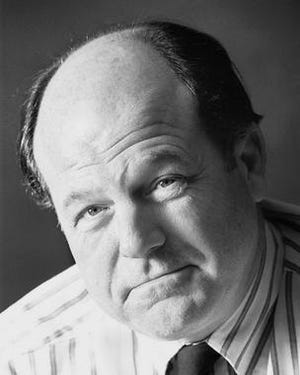Widespread illness hit Columbus area some 200 years ago

Ours is a time when pandemic disease stalks the land and makes life difficult.
At such times, one might wonder how best to cope with the path of the current COVID-19 pandemic. Surely there has never been a time in Columbus when sickness was so prevalent.
Actually, there have been several times when disease was rampant here. One might note the polio outbreaks in the mid-1900s, the Great Influenza epidemic of 1918 and the cholera epidemics of the mid-1800s as a few examples of times when deadly diseases took their toll here.
But the story of disease in Columbus is even older than that. It begins when Columbus begins – with the very founding of the city.
Columbus is a created city. There was no town until the Ohio General Assembly brought it into being in 1812, accepting the proposals of four men who called themselves “Proprietors.” Noting the desire of the legislature to find a new home, the four men had put forth a proposal that proclaimed that the “High Banks opposite Franklinton at the Forks of the Scioto” was the place to be.
The land was “high and dry and salubrious in climate.” Perhaps one out of three is not all that impressive. The land was high and free of flooding. But it was not dry. It was a wet and swampy area, with numerous ponds and creeks snaking through deep ravines. And it was not a place free from illness.
One of the best sets of recollections of the dangers of disease in frontier Columbus was made by a bright young woman. Betsy Green Deshler was unusual in more than a few ways. She not only was literate and could write simply and well, she also had the strength and courage to seek a new life in a new land.
Although there is no known portrait of Betsy Green Deshler, her letters have survived – unlike most of those written by common people of that time. And her letters tell a remarkable story.
Elizabeth Green was born in 1797 in the East and in the summer of 1817 married a young carpenter, joiner and cabinetmaker named David Deshler.
Deshler was a skilled journeyman cabinet maker and hoped to make a career for himself in their home in Easton, Pennsylvania. The problem for the Deshlers was that there were a lot of cabinet makers in Easton.
Seeking new opportunities, the Deshlers set off for the Ohio Country and arrived in the new capital city in August 1817. The town was not much to look at. Statehouse Square had been cleared and there were a few modest buildings on the square at State and High streets. But the streets were mud trails laced with tree stumps and most of the land still was covered with forest.
It was a primitive place, but the Deshlers liked it and paid the high price of $1,000 for a lot near the northwest corner of Broad and High streets. Deshler built a simple, one-story frame house on their site, and his wife began writing letters to relatives in Pennsylvania.
On Oct. 2, 1817, she wrote to her brother: “I have every good neighbors. People here are remarkably kind to strangers. …There is a little boy who brings me cream every morning for breakfast. …The house is getting along very well.”
Betsy Deshler wrote home often and at length, describing the growth of the village and of the activities of its people. In February 1821, she wrote, “We have had a number of conspicuous characters in Columbus this winter, among whom were Henry Clay of Kentucky, a very genteel man in his appearance, but very plain indeed. Tell father I always thought he was plain in his dress, but Mr. Clay is much plainer.”
But after 1819, a later history reported that a “scourge of malarial disease prevailed in central Ohio.” Betsy Deshler wrote home about all this often and in detail.
• Sept. 1, 1821, to her mother: “We have had nothing but sickness and trouble in our family since June.”
• Sept. 29, 1822, to her brother: “There has been much more sickness this season than has ever been known since the settlement of Franklin County.”
• Oct. 24, 1823, to her brother: “The sickness of this country does not abate. … On a small stream called Darby, about 18 miles from here, there are scarcely enough well people to bury the dead. … Such is the distress of our country that the farmers can do no ploughing, nor gather their corn, potatoes or anything else.”
• March 6, 1826, to her brother: “Everybody in this town has been severely afflicted with influenza.”
On Aug. 2, 1827, with her family well established and son William 10 weeks old, Betsy Green Deshler died at age 30. She was, as a later history put it, “a victim to the anxieties and maladies incident to the frontier.”
She is buried in Green Lawn Cemetery. Her letters are testimony to the steadfastness of a brave people in a time of trouble.
Local historian and author Ed Lentz writes the As It Were column for ThisWeek Community News and The Dispatch.
Read More: Widespread illness hit Columbus area some 200 years ago

